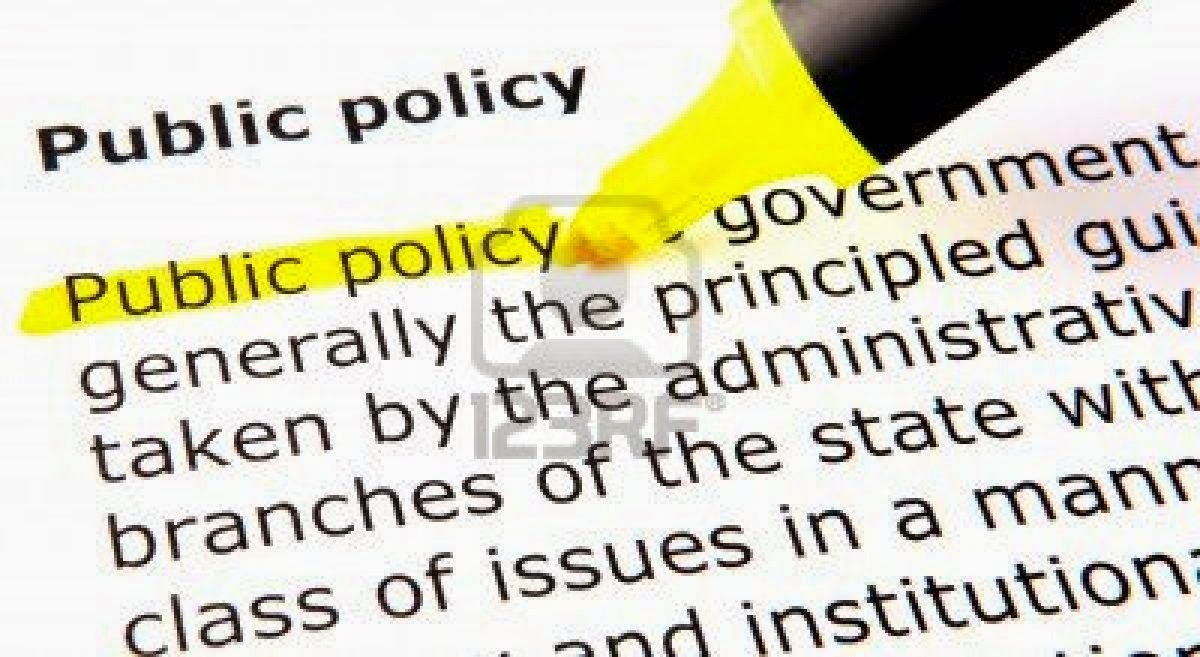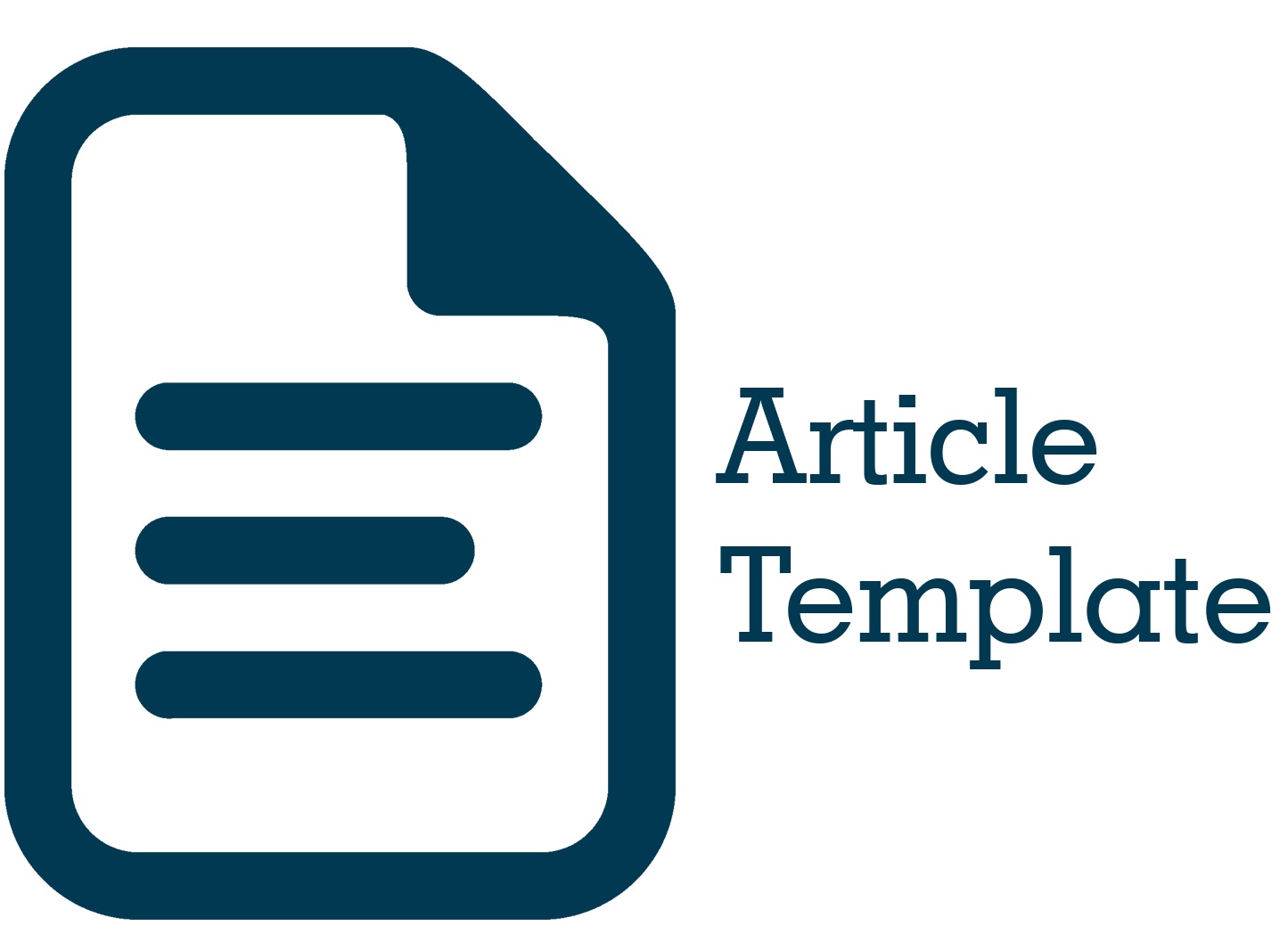Implementasi Kebijakan Bendungan di Kabupaten Kampar
DOI:
https://doi.org/10.51135/PublicPolicy.v2.i2.p278-293Keywords:
Implementation, Dam Control, Floating Net CagesAbstract
The purpose of this study was to determine the implementation of thedam policy (study on the impact of the existence of floating net cages). The method used in this research is a qualitative method using descriptive case study methods with data collection techniques through interviews and documentation, using the theory of policy implementation from Van Metter and Van Horn. The results showed that the implementation of the dam control policy was carried out by applying measures and policy objectives, resources, characteristics of the executing agent, attitudes / tendencies of implementing agents, communication, social, economic and political environment. Then there are inhibiting factors in the implementation of dam control policies (a case study of the impact of the existence of floating net cages) in Kampar Regency, namely the increase in river water discharge which threatens the safety of floating net cages, the anticipation of the cage community is still very minimal in the face of high water discharge during the rainy season, depth. The unstable water greatly affects the floating net cage system, there is still a lack of communication between the Plta Koto Panjang and the floating net cage community, the floating net cage community has experienced a drastic economic decline due to the release of dam water during the rainy season, mass fish die.
Downloads

Downloads
Published
How to Cite
Issue
Section
License
Authors whose manuscripts are published in the Journal of Public Policy must agree to the following terms;
- Publication rights for all manuscript materials published are held by the editorial board with the author's consent.
- The legal formalities for digital access to the Journal of Public Policy are subject to the Creative Commons Attribution Sharealike (CC BY SA) license, which means the Journal of Public Policy has the right to store, redistribute, reformat, manage in a database, maintain, and publish the manuscript without seeking permission from the author as long as the author's name is included as the copyright owner.
- Published manuscripts are open access for the purpose of disseminating research results. Besides this purpose, the editorial board is not responsible for copyright law violations.


.png)



